When my son and I launched to go boating on the Duwamish River, the tide was out and the water at the end of the dock was only about 4′ deep. Nate stayed with the boat while I parked the car and trailer and while he was waiting he caught a glimpse of something resting on the bottom between the dock and the boat. He used the plug for ALISON's motor well—it has a plexiglas window in the bottom—to get a clear view underwater and saw a Veo e-bike and a black and yellow Klein screwdriver. When I got back to the boat I was eager to hop aboard and get underway, but Nate rightly pointed out the e-bike had lithium batteries, which we couldn’t leave to contaminate the water. I handed him the anchor to use as a grappling hook and he was able to retrieve the bike and walk it to the far edge of the parking lot. I’d bought a fishing magnet kit a few weeks earlier and if I’d had it in the car or aboard the boat, we’d have motored away from the dock with a nice Klein screwdriver.I was intrigued, for a while, by magnet fishing, but after seeing a lot of YouTube videos about it and watching a few magnet anglers at launch sites, I decided that there wasn’t anything made of steel or iron that had been sitting on the bottom for who knows how long that I needed, even if I got lucky enough to drag a magnet across it. But acquiring a Klein screwdriver that someone had dropped overboard right where we could see it, or better still, recovering one of my own tools that I had dropped overboard? That interested me. The magnet I bought came with 65' of 6mm line with carabiners attached, cut-resistant gloves, the magnet with two screw eyes, a bag with a shoulder-strap drawcord, a plastic scraper to remove particles from the magnet, and a stainless-steel grappling hook.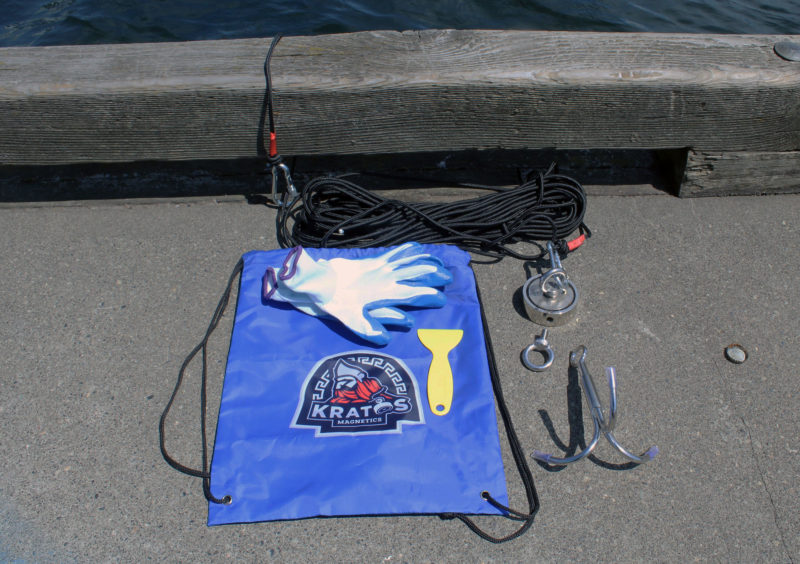 Photographs by the author
Photographs by the author
Join The Conversation
We welcome your comments about this article. If you’d like to include a photo or a video with your comment, please email the file or link.





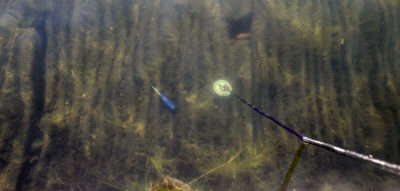
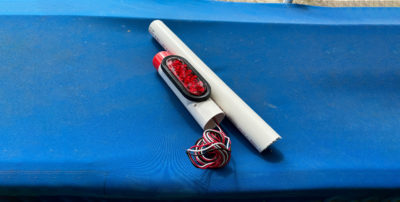
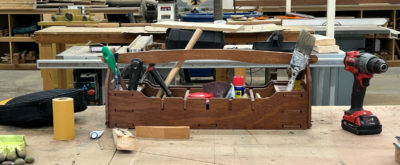
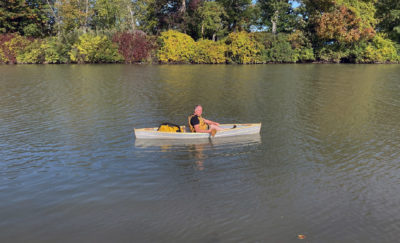
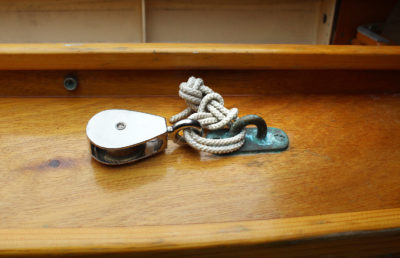



“To get it off, I had to use a 2×4 as a lever with the jointer fence as a fulcrum.”
We need to have a webcam in your shop…What’s Chris up to now? 🙂
I think this magnet would keep Skipper busy for a while, and maybe my RayBans that I lost in 2021 are still at the ramp?
I was able to retrieve keys dropped by a friend at Birch Bay Village (just south of the Canadian border) in one attempt. Fortunately, the friend new exactly where the keys had gone down. I don’t remember what the magnet was (nor whose it was), but fetching keys can save a lot of grief and inconvenience.